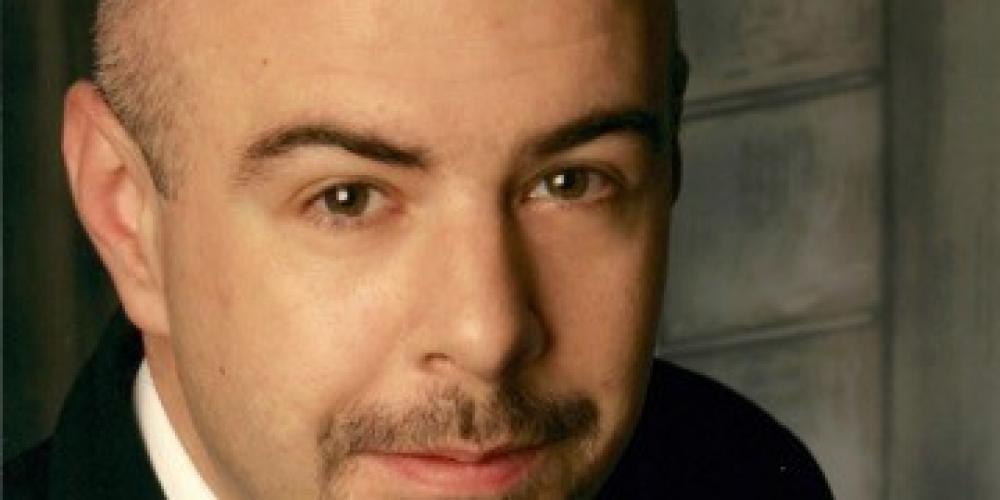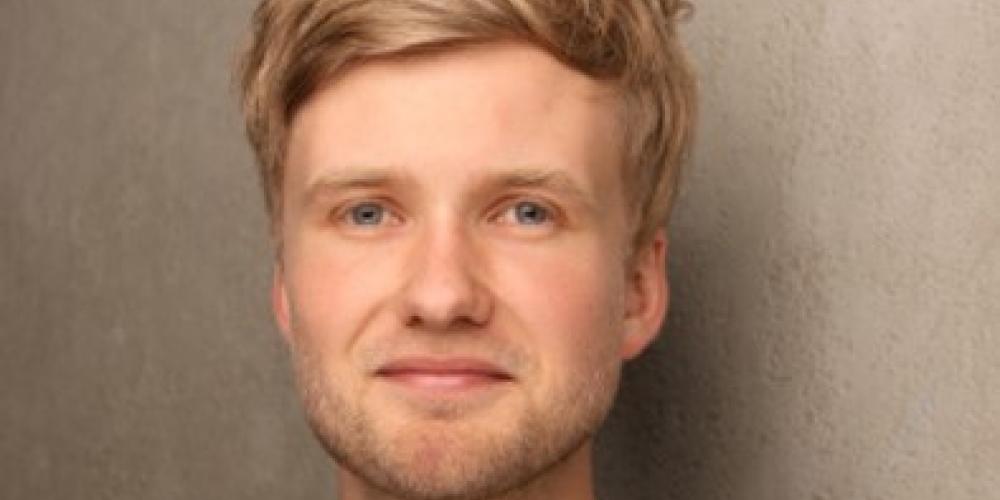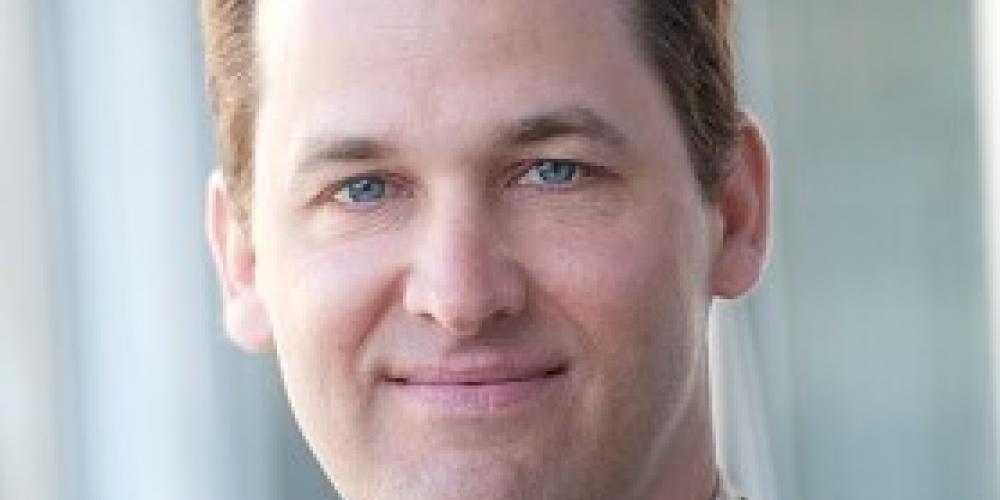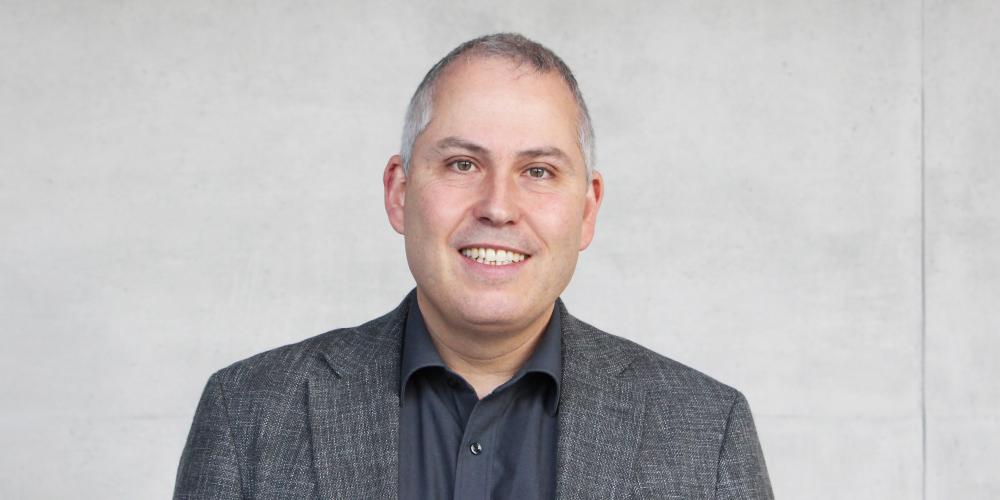Optics
Infineon Technologies Austria AG, Durst Phototechnik Digital Technology GmbH, Austria Technologie & Systemtechnik Aktiengesellschaft, ISOVOLTAIC AG, Sappi Europe
Prof. List-Kratochvil and his research group are working on electronic and optoelectronic hybrid components (based on hybrid material systems and organic or hybrid semiconductors), additive resource-efficient deposition techniques (inkjet printing) and in-situ nanostructuring and synthesis methods. By developing and combining novel electro-active materials with appropriate structuring and processing methods applications in the field of sensor technology, photovoltaics and optoelectronics are developed. Based on a wealth of experience, the AG Hybrid Devices can participate in national research projects, within the framework of European funding projects and programs or in direct contract research on the level from from basic research to joint product development.
- Infrastructure for the fabrication and characterization of thin film hybrid semiconductor devices (LEDs, Hybrid PV, Hybrid transistors, sensor devices)
- Inkjet printing method for structured additive deposition of electronic and photonic functional materials
- Electrical, optical and spectroscopic methods for the characterization of electronic and photonic functional materials
- Infineon Technologies Austria AG - Villach, Austria: joint development of inkjet based processes in semiconductor manufacturing and RFID-antenna technologies
- Durst Phototechnik Digital Technology GmbH - Lienz, Austria: joint development of inkjet based processes for printing on glass, consulting on the construction and ramp-up of a central corporate R&D-facility, training of employees
- Austria Technologie & Systemtechnik Aktiengesellschaft – Leoben, Austria: joint development of inkjet based processes for printing components on printed circuit boards
- ISOVOLTAIC AG – Lebring, Austria: joint development of hybrid PV Technologies
- Sappi Europe, Austria: joint development of coating technologies and electronic functionalities in and on paper
As part of their scientific activity Dr Markus Krutzik and the team members of the.quantum.chapter have acquired an extensive amount of expertise in developing tailored quantum sensors - from key technology to subsystem and system level. Quantum optical sensors and optical clocks are used in high-precision inertial navigation, gravimetry and gradiometry or for the synchronisation of networks. Hence, they are central for navigating GPS-free environments, for geophysics, the exploration of natural resources, the monitoring of climate change, and for addressing fundamental questions of modern physics. Central to their research are compact and robust setups for optical spectrocopy, absolute frequency references, and ultra-cold atom based inertial sensors. For this purpose, the team developed lasers and optical systems for generation and manipulation of light, as well as control software and data management platforms. Their setups are not only operated in laboratory research: They are also used as in field or even in space. In addition to development, testing and operation of atomic quantum sensors, Dr Krutzik and the team gained expert knowledge in all stages of mission and system design, ranging from mission architecture and identification of requirements to system integration and qualification, as well as development of control concepts and data analysis. In addition to Humboldt-Universität zu Berlin Dr Krutzik is also associated with Ferdinand-Braun-Institut, Leibniz-Institut für Höchstfrequenztechnik.
- Methods for the design, development and testing of compact, robust and tailored quantum sensors - from component to system level
- Identification of critical technologies and construction of prototypes
- Workshops and seminars
Dr. Krutzik is also part of "The Quantum Chapter" team, which provides workshops, training, prototyping, and consulting around the topic of quantum technology.
The structure research and electron microscopy group at the HU of Berlin actively develops and applies a broad spectrum of techniques for the analysis of small volumes of material by transmission electron microscopy (TEM), scanning transmission electron microscopy (STEM), scanning electron microscopy (SEM), and also light microscopy. Know-how which we can offer to external partners is based on the development of radically new electron diffraction techniques for ab-initio determination of atomic structure in (nano-) crystalline materials, and also the development of inline holographic techniques for the TEM as well as the optical microscope. The inline holographic techniques developed within the group are applied in the TEM for mapping electrostatic potentials, charge density distributions, and also strain in semiconductors and ceramics. In the optical microscope we apply these techniques for quantitative phase microscopy of living cells or mapping the topography of surfaces with nm resolution along the optical axis.
Transmission electron microscopes:
- JEOL JEM2200FS FEG-(S)TEM equipped with an in-column energy filter for electron energy-loss spectroscopy, HAADF- and BF-STEM detectors, EDX spectrometer for local elemental analysis, NanoMegas ASTAR precession unit for phase mapping and electron crystallography, electrostatic biprism for off-axis holography, Instrument control software for Large-Angle Rocking-Beam Electron Diffraction (LARBED)
- Hitachi H-8110 (S)TEM with LaB6 cathode, equipped with HAADF- and BF-STEM detectors
Scanning electron microscope:
- Zeiss GeminiSEM 500 with a field-emission source, equipped with a multi-segment STEM detector, an EDX-Spectrometer, and an E-beam lithography unit (RAITH-Elphy)
- Within a cooperation agreement with a leading provider of optical products, Prof. Koch has developed novel techniques for analysing series of images.
The chair of Visual Computing develops new methods for the analysis and synthesis of image and video data. This includes algorithms for estimating shape, material, motion and deformation from monocular and multi-view camera systems. Both in national and international collaborations, those algorithms are exploited in applications like multimedia, VR/AR, industry, medicine, and security.
- Various cameras
- Multispectral sensors, 3D sensors
- Lighting and calibration systems
- Development of new methods for automatic inspection and damage classification of sewer networks with a water supply company
- Development of augmented reality systems for automobile production processes with a car manufacturer
- Analysis of multispectral imaging for tissue classification in collaboration with medical technology manufacturer



